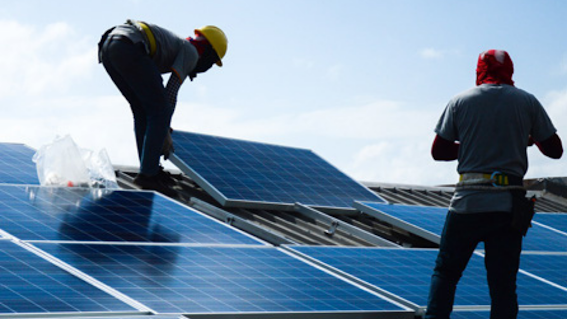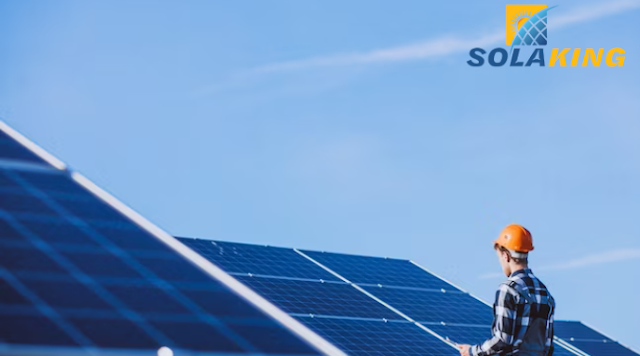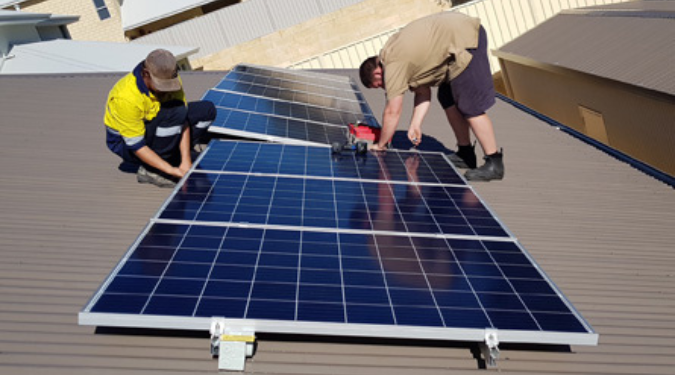A Sneak Peek into Setting up And Installing the Solar Panels
The setting up of infrastructure and installation of solar panels asks for a definite procedure and some chronological steps. Let us discuss them.
Setting up the scaffolding:
At first, before doing anything about the installation of solar panels in South East Queensland, or anywhere else, the professionals would emphasize on erecting the right kind of scaffolding that will ensure safety and security of the technicians and stakeholders during the entire installation.
Installation of Solar Panel Mounts
Once the scaffolding is done with, it is time to set up the mounting system for the solar panels. Remember, it is the most crucial step to take before the installation of solar panels in Moreton Bay or elsewhere, as this will act as the supporting base for the panels. The entire mounting structure has to be tilted and has to have an angle of 18 to 36 degrees for enjoying optimum sunlight exposure.
Installation of Solar Panels
Once the setting of mounts is done with, it is finally time to set up the solar panels on the mounting structure. Here the technicians ensure that the bolts and the nuts are tightened enough during the installation of solar panels in Redland or elsewhere, to ensure that they stay stable.
Wiring the Solar Panels
Once the panels have been set up, the next step of the installation process is installing the electrical wiring. In the majority of cases, MC4 connectors are used as they are suited for every variety of solar panels.
Installing the solar inverter
This is basically the post solar panel installation task. Once the installation of solar panels in Toowoomba or in any other place is completed, the solar inverter is installed. Once it is installed, it has to be connected to the system. The inverter is generally installed close to the main panel and it can be installed indoor as well as outdoors. However, it is recommended that the inverters are kept in a cooler place for more efficiency.
If the inverter is placed outdoors, it needs to be seen that the device does not come in direct contact with the sun. In case it is installed indoors, the garage or the utility room are the most ideal places for it. The reason being, these places stay cool all throughout the year and also have modest ventilation.
Connecting the inverter with the consumer unit
Finally, the inverter needs to be connected to the consumer unit, for the generation of electricity. Besides, a generation meter needs to be connected to the system for monitoring the amount of electricity that the solar panels are producing.
So these are the steps that the professionals would follow for installation of solar panels at your property.




Comments
Post a Comment